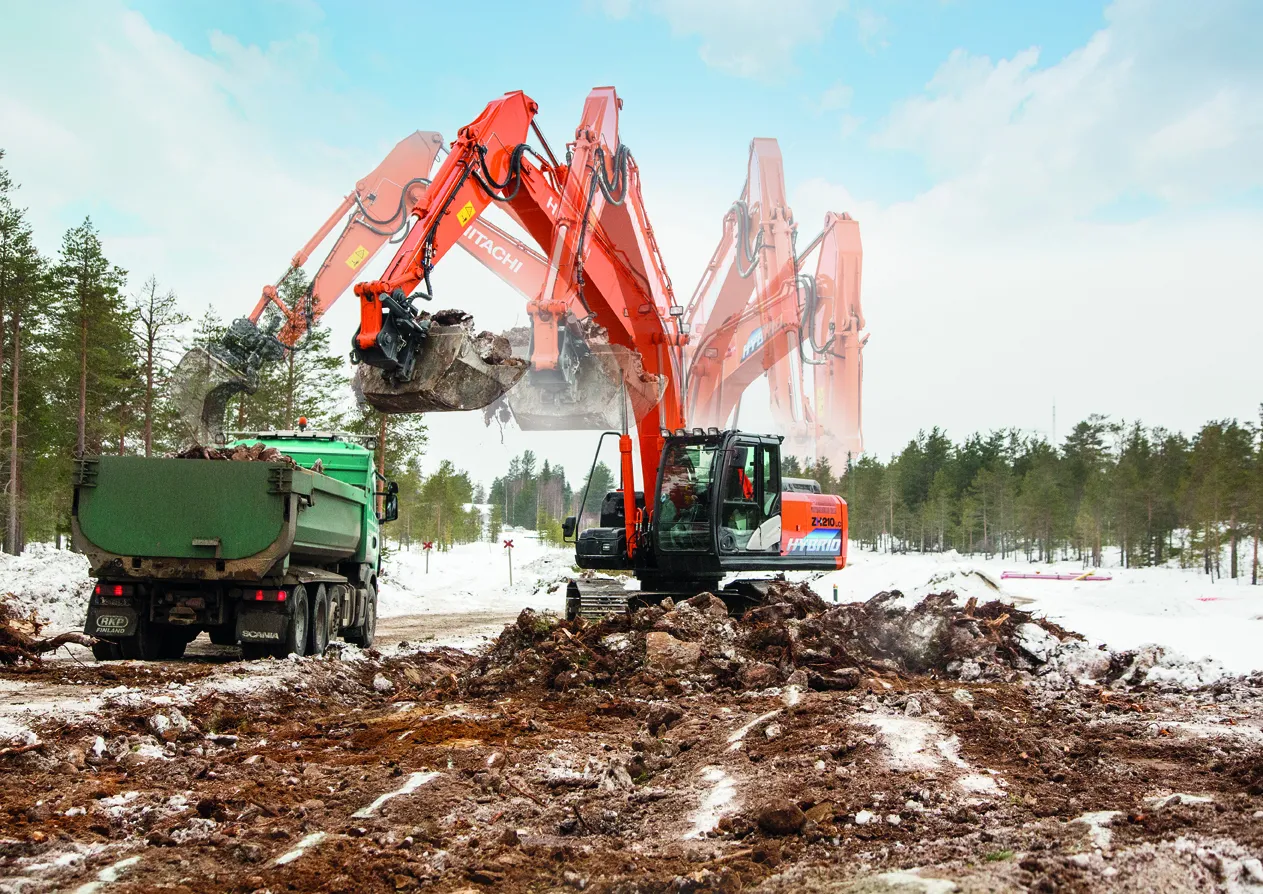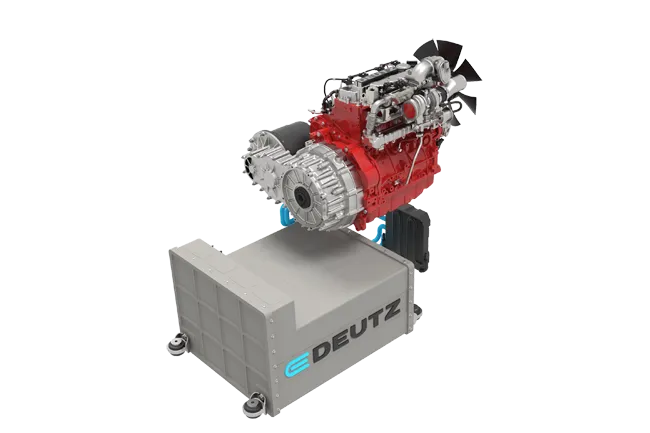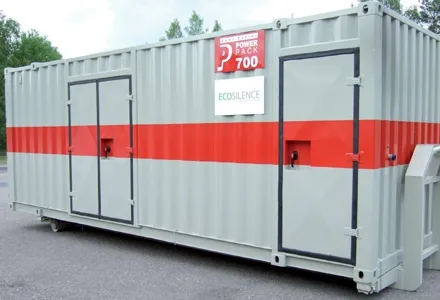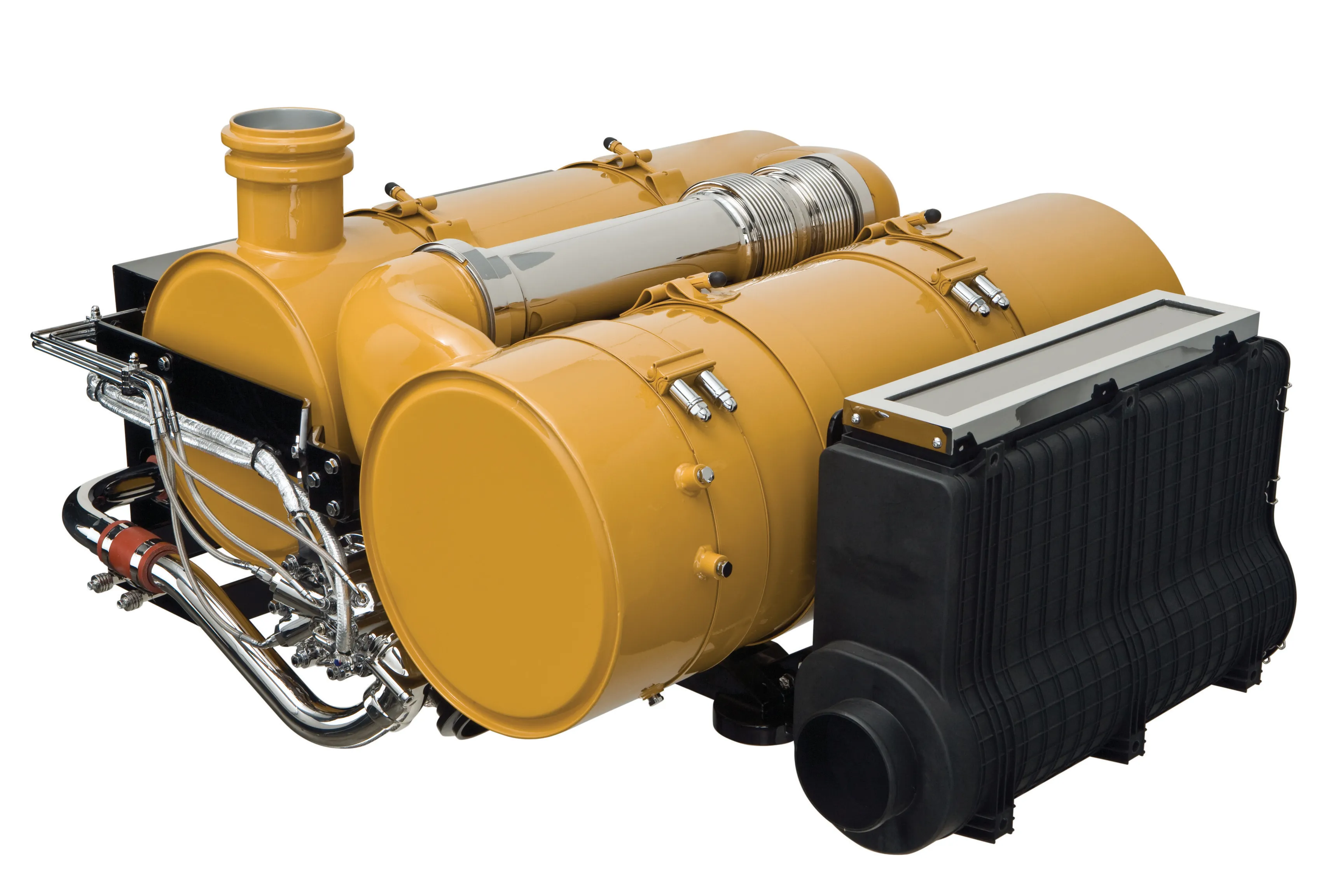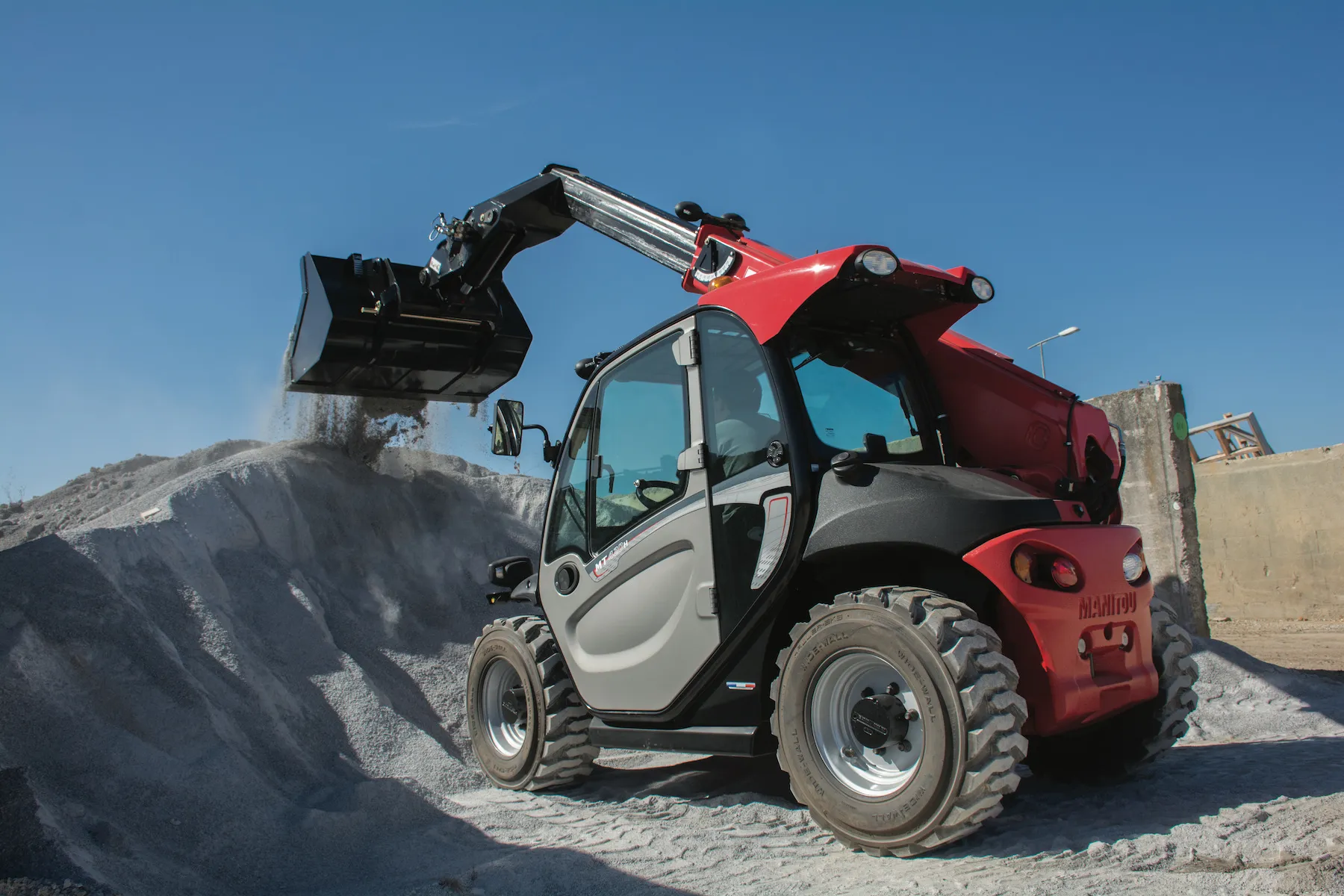
Manitou’s new MT732 to MT1840 Easy telehandlers meet the Stage IIIB emissions requirements by using a 55.4kW Deutz TD36L engine with a Diesel Oxidation Catalyst (DOC). Importantly, this engine does not require a DPF (Diesel Particulate Filter) or the use of a Diesel Exhaust Fluid (DEF) such as AdBlue.
The company said that fitting a smaller, less complicated power unit results in a more competitively priced unit and reduces maintenance costs. It also results in a wider choice of disposal options as a used Easy model can be sold into unregulated markets.
The new MT732 to MT1840 Easy machines provide the same load charts and front-end hydraulic performance as the previous 75kW models with Perkins engines. Maximum travel speed on the Easy models is 25km/h.
The extended Easy range includes a new MT1030 – a stabiliser equipped machine that has a maximum capacity of 3,000kg and a maximum lift height of 9.98m.
For applications requiring more power and heavy-duty bucket use, buyers can still select the higher rated Perkins powered MT1135, MT1335, MT1440 and MT1840 machines as an alternative to their Deutz-powered Easy equivalents.
The MT732 to MT1840 Easy models feature a new style opening bonnet and a new fan management system that achieves their engine operating temperature more quickly from a cold start. The use of the fuel-efficient 55.4kW Deutz engine reduces noise levels – down from 106dB to 103dB externally and from 82dB to 78dB in-cab.
The new MT1135 and MT1335 Easy machines benefit from a tighter turning radius - down from 3.85m to 3.65m - due to an axle modification. The MT1440 and MT1840 Easy models gain a smoother and more powerful steering system and the latest Easy telehandlers come with Manitou’s improved EN15000 compliant Active Load Regulation system.


